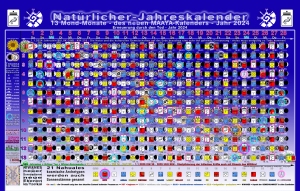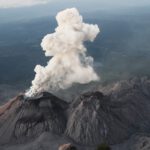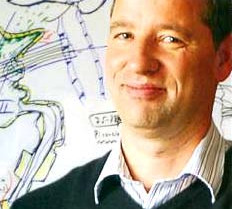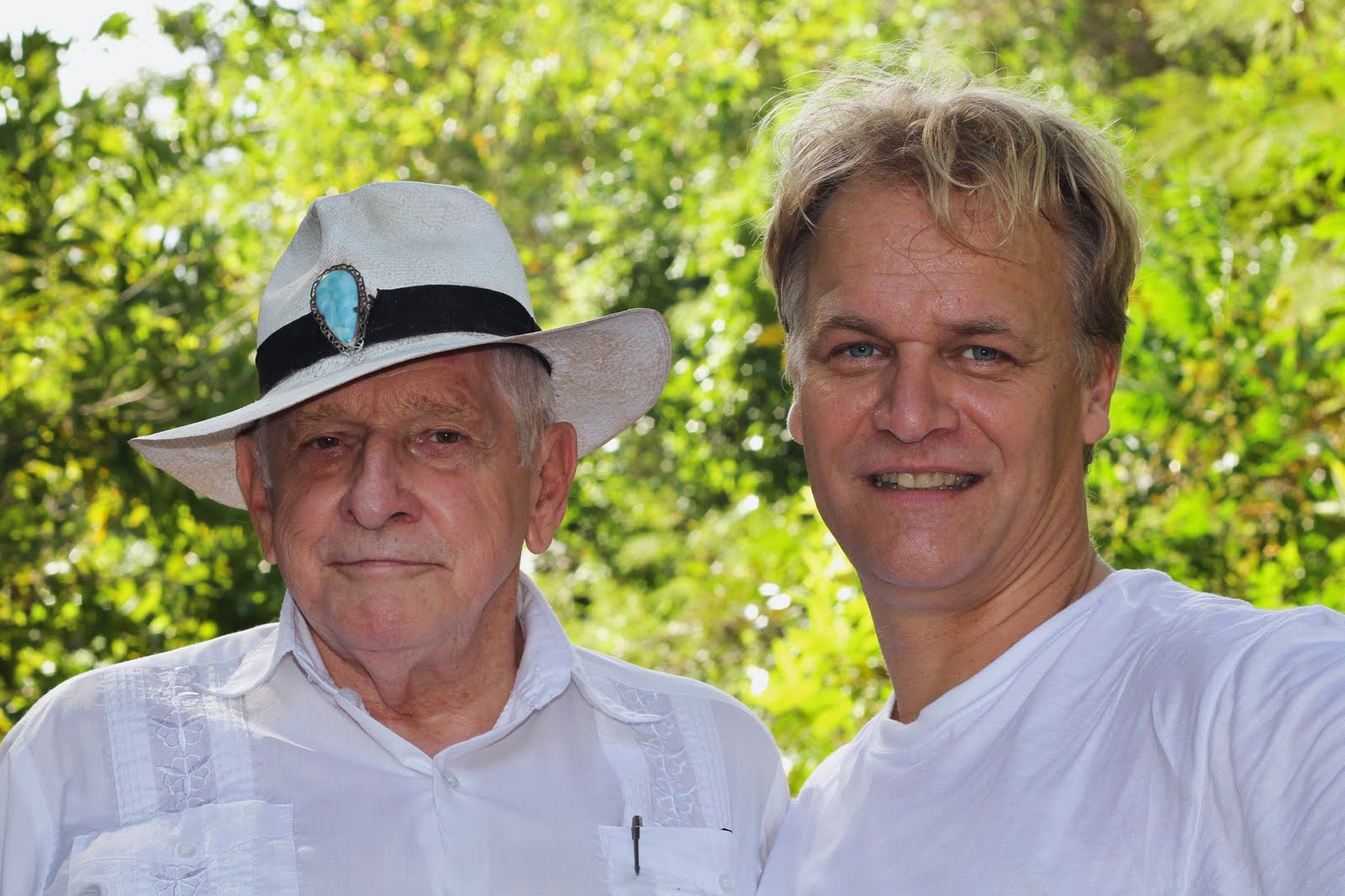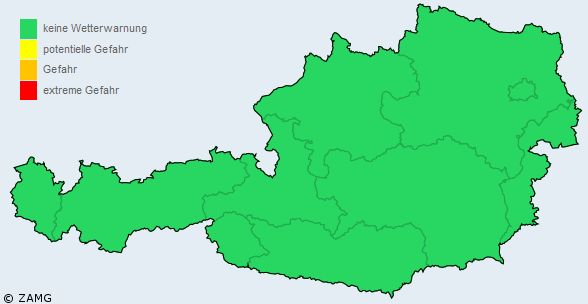„Extreme Survivors Dinosaurs“ – BBC Documentary Films Full Length – Dinosaurs Documentaries
„Extreme Survivors “ – BBC Documentary Films Full Length – Dinosaurs Documentaries
—————————————-—————————————-————————
For the first time in 65 million years, innovative imaging technology enables viewers to see deep inside the body of a dinosaur to reveal the secrets of these ultimate prehistoric survival machines. Combining cinematic photo-real 3D graphics and leading-edge anatomy and paleontology, „CLASH OF THE DINOSAURS“ peels back the skin, muscles and bones to show how they survived in such a violent world.
EPISODE 1: EXTREME SURVIVORS
In the first episode the survival strategies of the mid-Cretaceous sauropod Sauroposeidon are contrasted with those of Tyrannosaurus rex. The primary distinction drawn is the difference between Sauroposeidon’s speculated r selector method of reproduction (i.e. many offspring with no parental care) versus T. rex’s proposed K selector method (i.e. few offspring with very invested parental supervision and care). This conception of T. rex as a nurturing parent borrows from popular depictions of the animal from the past decade, including Universal’s The Lost World: Jurassic Park and the BBC’s Walking with Dinosaurs series.
The program also highlights the differences between the brains and senses of T. rex and Sauroposeidon, contrasting T. rex’s large brain size and well-developed senses of sight and smell with Sauroposeidon’s supposedly rudimentary brain and sensorium. This comparison is mostly supposition, as no Sauroposeidon skulls have ever been unearthed. Indeed, the specimen is known entirely from a set of four neck vertebrae, which have identified the species as a sauropod of the family Brachiosauridae, from whose more completely described members Sauroposeidon’s anatomy is conjectured.
~~~~~~~~~~~~~~~~~~~~~~~~~~~
“ Arctic Dinosaurs Nova “ – BBC Documentary Films Full Length – Documentaries Dinosaurs 2015
Most people imagine dinosaurs lurking in warm locales with swamps and jungles, dining on vegetation and each other. But „Arctic Dinosaurs“ reveals that many species also thrived in the harsh environments of the north and south polar regions. NOVA follows two high-stakes expeditions and the paleontologists who push the limits of science to unearth 70 million-year-old fossils buried in the vast Alaskan tundra.
The hardy scientists shadowed in „Arctic Dinosaurs“ persevere because they are driven by a compelling riddle: How did dinosaurs—long believed to be cold-blooded animals—endure the bleak polar environment and navigate in near-total darkness during the long winter months? Did they migrate over hundreds of miles of rough terrain like modern-day herds of caribou in search of food? Or did they enter a dormant state of hibernation, like bears? Could they have been warm-blooded, like birds and mammals? Top researchers from Texas, Australia, and the United Kingdom converge on the freezing tundra to unearth some startling new answers.
~~~~~~~~~~~~~~~~~~~~~~~~~~~
Mega Beasts T-Rex of the Deep – BBC Mosasaur Documentary Films – Dinosaurs Documentaries 2015
With six-foot jaws and a nasty disposition, the Mosasaur dined on giant sharks and Plesiosaurs. An extra set of teeth on the roof of its mouth guaranteed that when it sunk its teeth into something, the only way for it to go was down its gullet.
Giant beasts that’ve been long extinct and the different world they once inhabited are resurrected through fossil evidence and other scientific data. This documentary reveals how these creatures once lived and flourished
~~~~~~~~~~~~~~~~~~~~~~~~~~~
Dinosaurs Documentary National Geographic Killer Dinosaurs
Dinosaurs Documentary National Geographic Killer Dinosaurs
~~~~~~~~~~~~~~~~~~~~~~~~~~~



